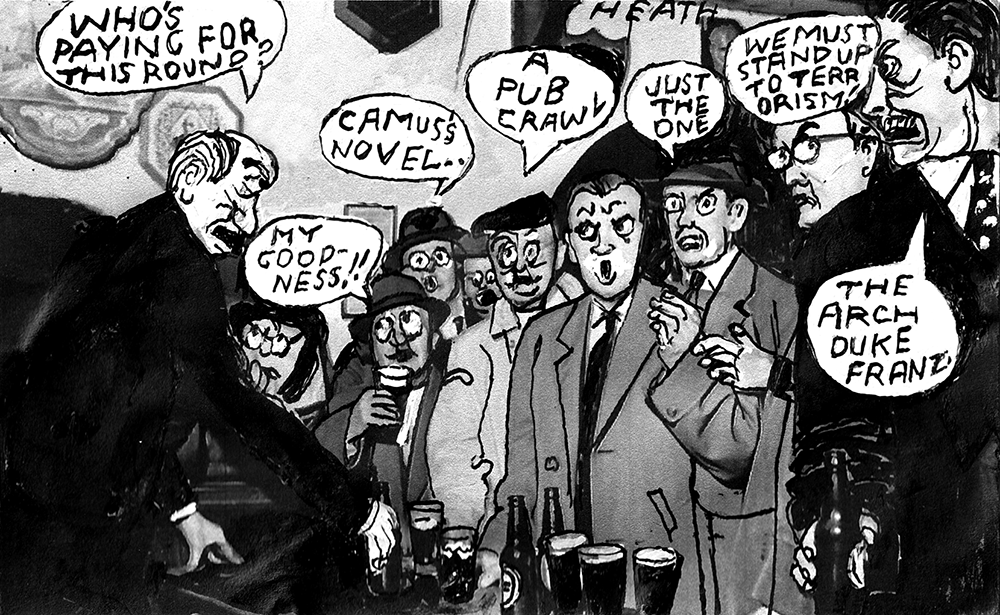Bonfire night is more about burning Catholics than haute cuisine and it shows. I’ve always felt for Catholic friends at this time of year, but I am a Jew, and I am told I am oversensitive. It’s also three decades since I made £150 doing ‘Penny for the Guy’ on Hampstead High Street. The last time I went to a bonfire night party it was hosted by a Catholic, and this confused me, until I remembered: she is an English Catholic.
If Christmas is for the goose, and Easter for the hot cross bun, bonfire night has the toffee apple. Because this is a desolate festival, it has neither toffee on the apple – we will get to that – nor, too often, a bonfire. I’m not for burning Guido in effigy like those pyromaniac loons in Lewes, about whom I always think: who will they burn next? But if I go to bonfire night, I want a bonfire, and they are often cancelled because they are dangerous, which is the point of them, and a bonfire night without a bonfire is a Christmas without Christ. The toffee apple suits its festival: you need fire to make it.
As with most famous dishes, the origin of the toffee apple is contested (not as much as better foods, but still). Honey and sugar were used as preservatives in ancient times, and it’s not impossible that sugar was heated to coat the apple. But I like to think wise ancients were more careful of their teeth: a toffee apple can steal a molar and laugh. It’s likely the Victorians knew how to make them, and I found a food blogger who called them a Russian delicacy.
We know this: in 1908, a confectioner called William W. Kolb of Newark, New Jersey, made a series of bright red sugared apples with cinnamon for his Christmas window display. These are candy apples, not toffee apples – you need butter or cream to make toffee. Even so, people liked them. Like Cassandras predicting late-stage capitalism, widespread morbid obesity and misnaming common things, they ate the window display. If this story is true, the toffee apple is an accidental food like the Caesar salad, which was invented in Mexico when a chef had a panic attack. It is also not a toffee apple. It is a candy apple.
Now they are everywhere in autumn, when apples are plentiful. Purists make caramel apples, which are really toffee apples, because they contain butter, or cream. Hunter’s Candy in Moscow, Idaho, sold them from 1936 but, as with the toffee apple that should be called a candy apple, it is likely that they existed earlier. There are variations wherever you find apples: you can add chocolate or nuts and if you are grandiose you can paint them. They were sent to the front in the second world war, alongside salami.
But the caramel apple isn’t the same. Not enough sugar. You want the crack of the sugar, and the sourness of a Granny Smith. A sweet apple cannot be a toffee apple. It makes no sense. Nor can a waxed apple. The sugar slides off. Nor can a soft apple, which collapses. If you make your own, beware. For a toffee apple, the sugar must be heated to 140°C for the desired ‘hard crack’. This is a dangerous foodstuff for frightened nights, and that’s apt.







Comments